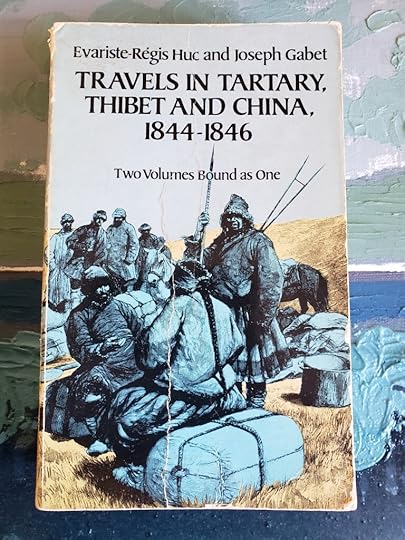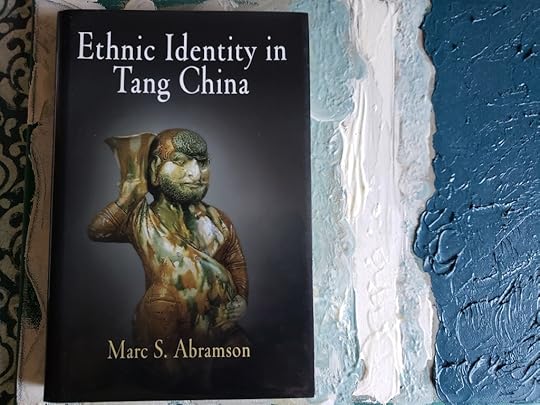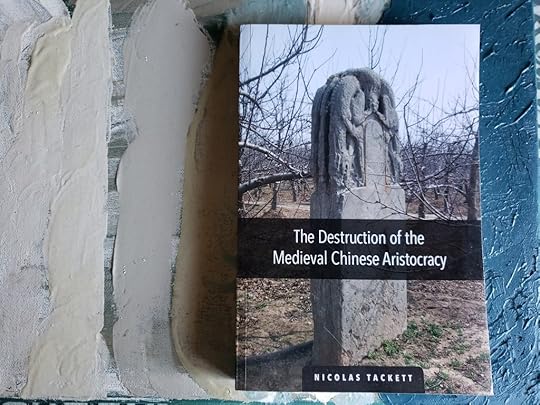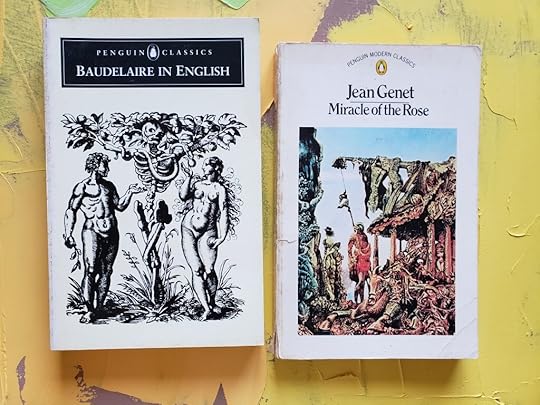Waste Flowers: sources and influences
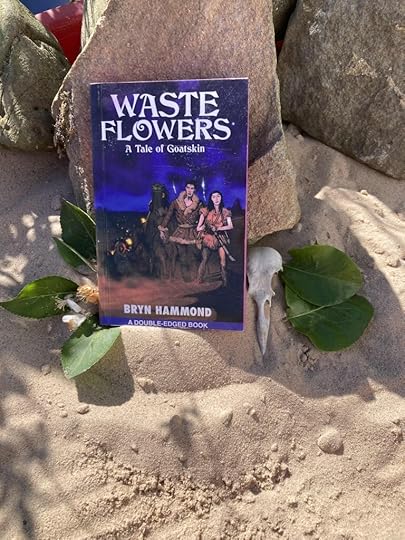
photo by Carl Ellis (@carlc75.bsky.social)
Here’s a smatter of sources and influences for my novella Waste Flowers, published in May as half of Double-Edged Sword & Sorcery.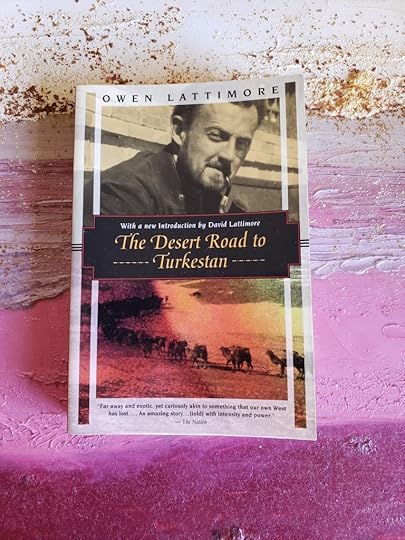
1927, before the roads were too-travelled. On the brink of railways and the forgetting of journeys by camel. Owen Lattimore is a great writer, say what else you like, and I have stolen from him certain ethics and habits of camel men — over a large gap of time from Sogdian Traders: A History by Étienne de la Vaissière, but one does what one can to flesh out the sparse medieval sources.
Earlier travel. Go as early as you can with your travel accounts, and grasp over the space between French priests sent to spy on khans in the thirteenth century, and French priests out to wander in the nineteenth. Huc and Gabet have given me oddments from songs to animal behaviour: rich, lively, less rude than other old travels about Mongols and their way of life.
A great book for background on foreigners and reception of the foreign in Tang, but the photo is a stand-in for a more particular source: my most-consulted unpublished thesis (MA), Lee Chamney’s ‘The An Shi Rebellion and Rejection of the Other in Tang China’. I find this fascinating on an interaction of poetry and politics. ‘Just as the genre of frontier poetry briefed officials on what to expect at the frontier, it also briefed Xuanzong on how to understand the wars he commanded.’ How poetry shaped politics and not the other way around. I think the researcher writes SFF now.
Tang China’s ‘anti-foreign turn’ runs through my story. Nimgart’s little disquisition on how frontier poetry cemented the Walls, owes entirely to Lee Chamney.
Now we come to the people-eaters.
When my bandits sit around and discuss the end of aristocracy in Tang, and attribute it to the sheer destruction caused by That Terrible Bandit, they make the argument of this book.
For a quote on Huang Chao’s use of civilians as rations, and other incidents of people-eating, see my old post ‘They Eat People in the City’: three anecdotes.
These are what I turned to in preparation: old influences of mine that I felt the need to revisit, to stoke a mood.
Beauty and evil entwined in mine, so I went to Baudelaire. A website devoted to his Flowers of Evil gives you several English translations. This time around, I liked his Litany to Satan the most.
I was to write criminals, so I go to Jean Genet — again, for perverse beauty. My criminals always and indelibly owe to Dostoyevsky, but I think I talked about him in interviews (you can find more, much more, in the interviews I did when our crowdfund was on: collected here).
In the end, these two named my novella: between Flowers of Evil and Genet’s Our Lady of the Flowers, I went with the title Waste Flowers.

